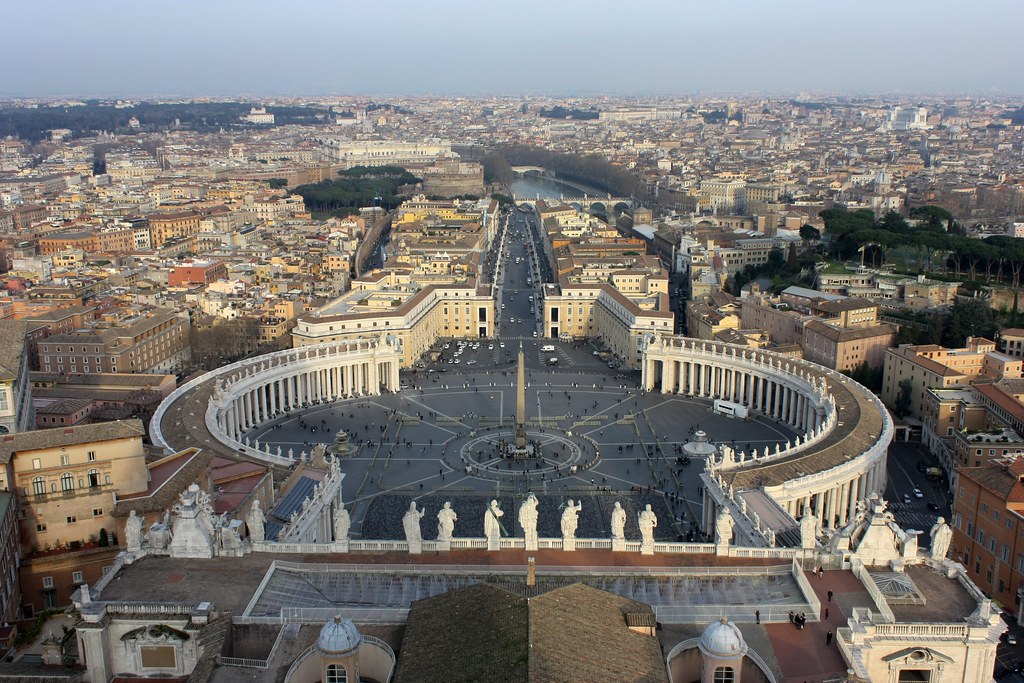Italy
Italy’s location on the Mediterranean linked it with the trade routes of the ancient civilisations that developed in the region. With the city of Rome’s rise to power, the Italian peninsula became the centre of a huge empire that lasted for centuries. Italy’s first societies emerged around 1200 BC. Around 800 BC, Greeks settled in the south and a civilisation called the Etruscans arose in central Italy.<br />
By the sixth century BC, the Etruscans had created a group of states called Etruria. Meanwhile, Latin and Sabine people south of Etruria merged to form a strong city-state called Rome.<br />
Etruscan kings ruled Rome for nearly a hundred years. But the Romans kicked out the Etruscans in 510 BC and went on to conquer the whole peninsula. They then set out to build a vast empire which, at its greatest extent in AD 117, stretched from Portugal to Syria to Britain to North Africa. Pretty huge, eh?<br />
The first sole emperor of Rome, Octavian, took power in 27 BC and took the name Augustus Caesar. The empire flourished for more than 400 years, but by the fourth century AD it was in decline. In 395, the empire was split in two, and in 476, Germanic tribes from the north toppled the last emperor.<br />
In the 12th century, Italian city-states began to rise again and grow rich on trade. But Italy remained a patchwork of territories, some of which were controlled by foreign powers. Beginning in 1859, an uprising forced the foreigners out, and in 1861 the Kingdom of Italy was proclaimed.<br />
